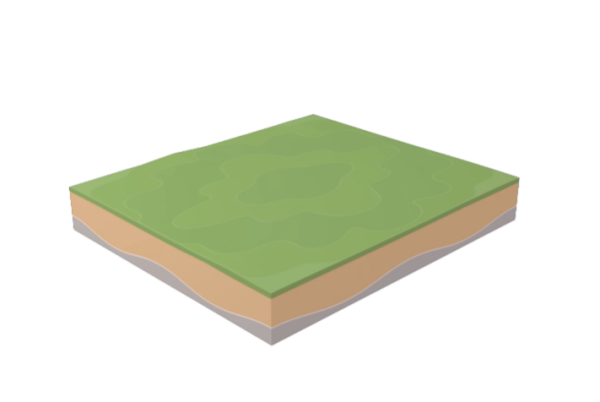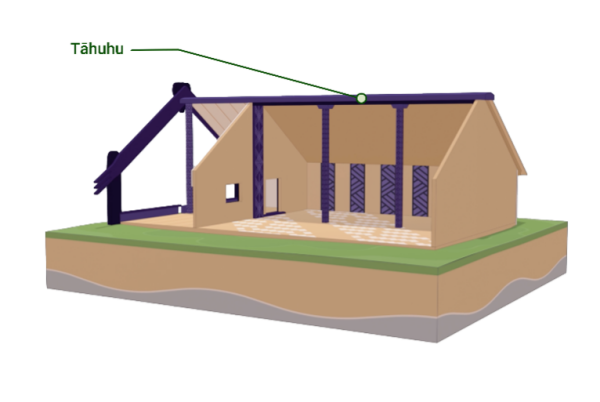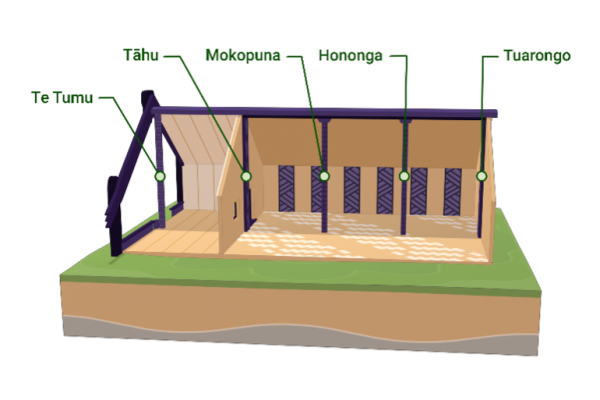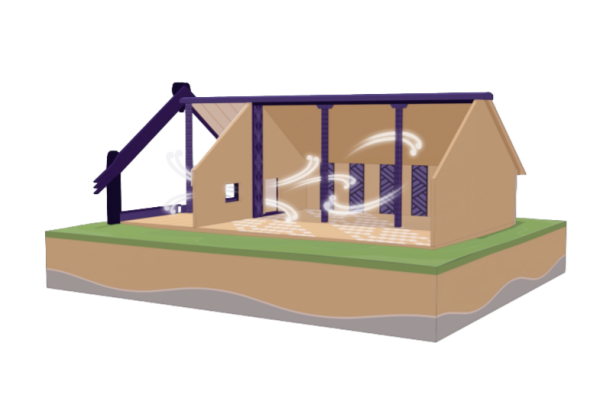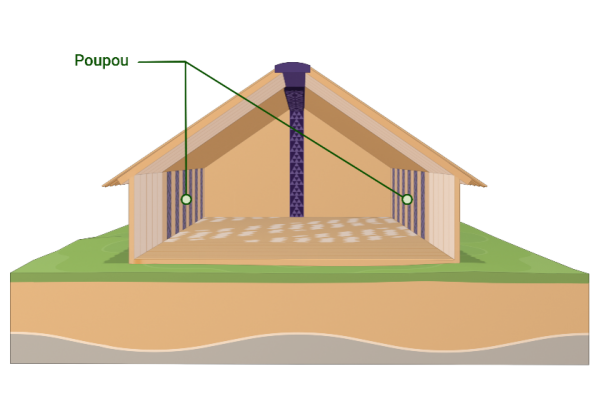Sustainability reporting is the term we use to describe reporting which describes the economic, environmental, social, and cultural impacts of an entity's activities.
The Sustainability Reporting Board has delegated authority from the XRB Board to issue non-binding guidance that relates to non-financial reporting.



